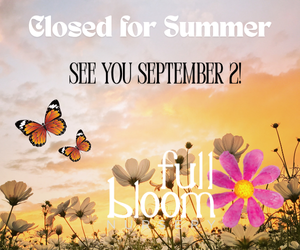No matter where you live, sometimes you need a screen to hide an undesirable view or to enclose your yard for a little more privacy. If you live on a corner lot, your front yard is open and often your backyard is open as well from the side street, giving you no private area.
Screens can be made of walls, fences or plants. Plants are often the cheapest, but require patience, as it may take a few years for them to get established.
Plants used for screens need to be evergreen with dense foliage and, they need to maintain their lower branches all the way to the ground. Most must be tolerant of pruning, since they are normally pruned heavy when they become overgrown. Many evergreen trees can be used as screens to hide large objects or on slopes where extra height is needed.
Many of the tree hollies reach 15 to 25 feet tall with good evergreen foliage. Female selections provide extra color with bright red winter berries. Nellie R. Stevens, luster leaf and Emily Bruner hollies all have deep green foliage and broad cone shape. Foster holly is narrowly conical and in time reaches 25-30 feet, normally with a good crop of red berries.
The native southern magnolia will make a large screen with time. Allow the lower branches to sweep the ground to hide all the old leaves that fall. For a uniform look, select cultivars such as Brackens Brown Beauty, D.D. Blanchard or Little Gem. The dwarf Little Gem magnolia makes an excellent 8 to 15 foot small tree with smaller leaves and abundant small, white flowers.
Several conifers make upright, dense screens, including leyland cypress and Japanese cryptomeria.
Leyland cypress is very fast growing, up to three feet a year, with selections having blue-green to dark green foliage. Variegated forms with white or yellow markings are also available. Leylands will easily reach 40-60 feet in height.
Japanese cryptomeria is much like the leyland cypress. It is strongly upright with thick, rope-like branches covered by half inch needles, and it can grow to 40 feet. Both of these evergreen trees prefer full sun and adequate moisture.
For more information on trees and shrubs, check out the UGA publication, Landscape Plants for Georgia.
Sunday
August 10th, 2025
6:00AM











